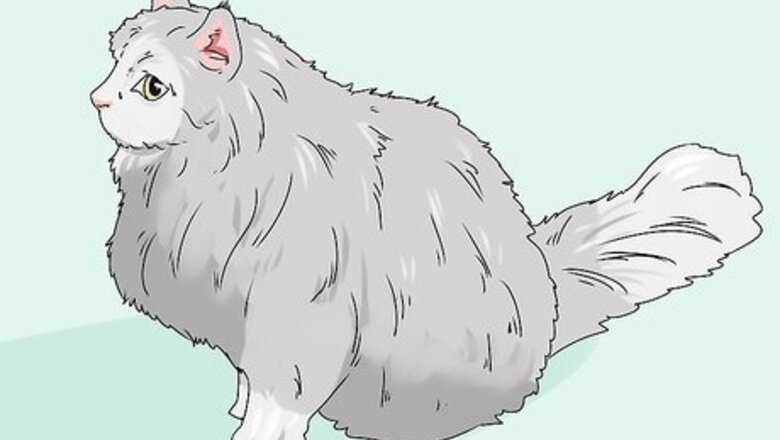
views
Examining Physical Appearance
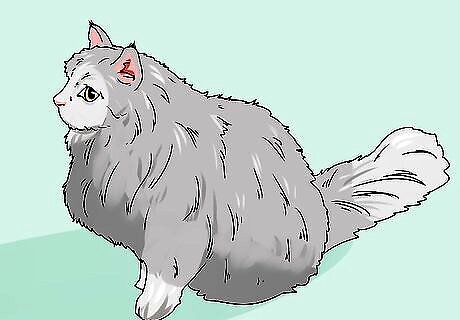
Feel for a dense coat. Siberian cats are distinguished by their thick, triple-layer coats. Look for long guard hairs (the outermost coat), followed by the awn hairs (or middle coat) and then a soft supple undercoat. In their native Russia, these many layers help protect Siberian cats from the intense cold. The coats of Siberian cats can come in all colors. Typically a Siberian cat’s coat gets thicker and fuller in winter. Siberian cats often have thickly furred tails.

Find out if the cat weighs between 8.8–22 pounds (4.0–10.0 kg). Siberians are notable for their large size and ample bodies. Female Siberian cats weigh between 8.8–13.2 pounds (4.0–6.0 kg) and males weigh between 13.2–22 pounds (6.0–10.0 kg). If you want to weigh your cat at home, a good method is to weigh just yourself, then weigh yourself holding your cat. The difference between the 2 measurements is the cat’s weight.
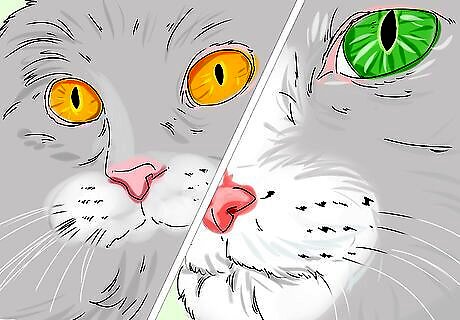
Look for green or gold eyes. Most often, Siberian cats have almost perfectly round green or gold eyes. Though blue eyes are possible, they are much less common. Some Siberian cats may have eyes of 2 different colors.
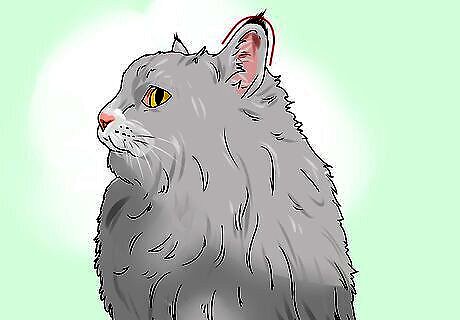
Watch for rounded ears with Lynx tipping. Siberian cats’ ears have a rounded shape with coloring that darkens at the tips. Often, long hairs will stick out of the ears as well, which is known as Lynx tipping, and can make the ears look pointed rather than rounded. The overall head shape is a wedge, and is usually widest between the ears and tapers to a small muzzle. Use petting as an opportunity to really look at your cat’s face. Pet it gently, examining its ear shape.
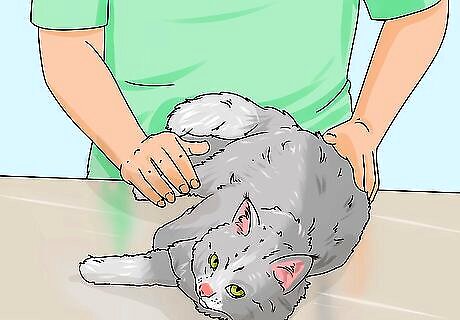
Feel for a muscular build. Siberian cats are known for being quite muscular under their thick coats. Run your hands over your cat to feel for muscle definition and size. Their paws are generally large to help them better catch prey as well. Some cats don’t like to have their paws handled. If you don’t know a particular cat well, examine their paws with your eyes rather than your hands.
Observing Temperament
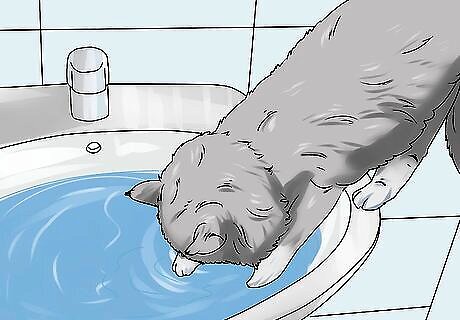
Find out if the cat likes water. Siberian cats are unusual from many other breeds in their affinity for water. Discern your cat’s interest in water by running a bath or the faucet at the sink. Does it come over to bat at the water or drink a bit? If so, it could be a Siberian. Siberian cats’ coats are also waterproof. If your cat doesn’t seem bothered by the water, try putting a couple drops of water on its coat to see if the water beads up or soaks in.

Look for a playful, active cat. Siberians enjoy engaging with their caretakers. Try playing with a feather or piece of string to see if your cat likes play. Siberians are known to be vocal as well, so watch for vocalizations—like chirps, trills, meows—while engaging in play with your cat. Some Siberians have even been known to play fetch like dogs. If your cat fits the other criteria and likes to do this, it may very well be a Siberian.

Figure out if your cat is bothered by noise. Siberian cats are unusual from other breeds in that they are typically not bothered by noise. Some people even describe them as “fearless.” To put your cat’s temperament to the test, drop something loud, like a spoon on a hard surface, near the cat to see if it startles. If your cool cat is unfazed, you may have a Siberian on your hands. Don’t drop anything on your cat or drop any dangerous object such as a pair of scissors. Blunt kitchen utensils such as spoons, whisks, or spatulas are good.
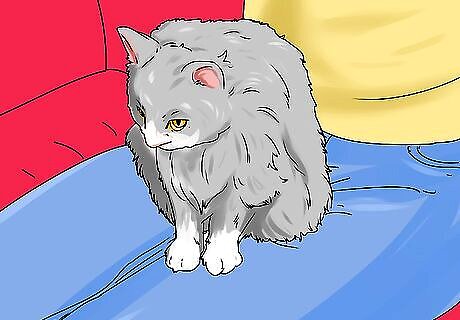
Determine if your cat likes to sit in your lap. Siberian cats are social, affectionate cats who often enjoy sitting in their owner’s laps. They’ve also been known to follow their owners from room to room to keep them company. Observe your cat’s behavior to see if they enjoy affection or prefer to be on their own.















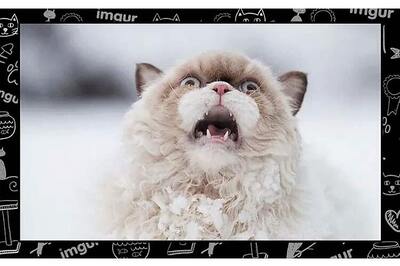




Comments
0 comment